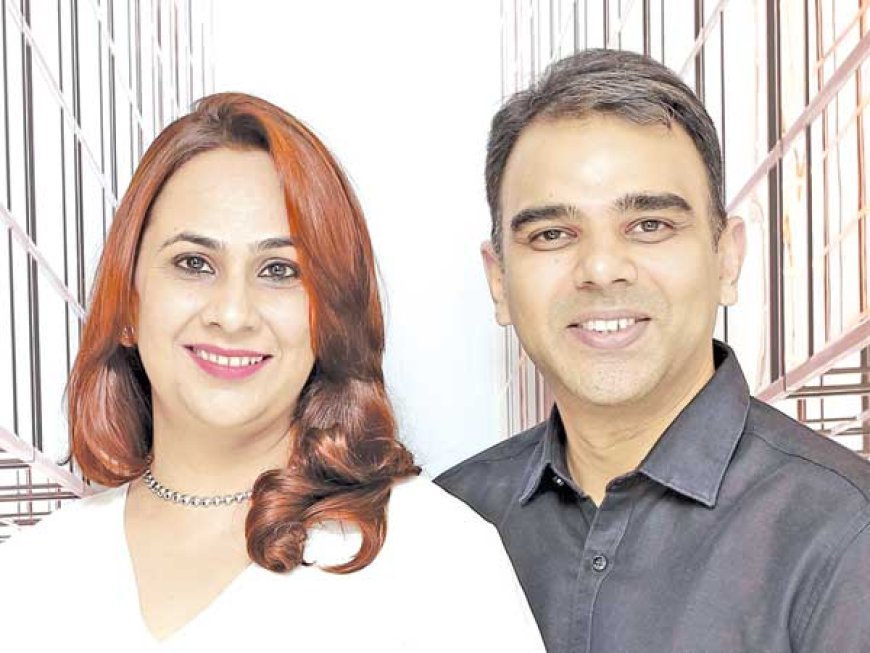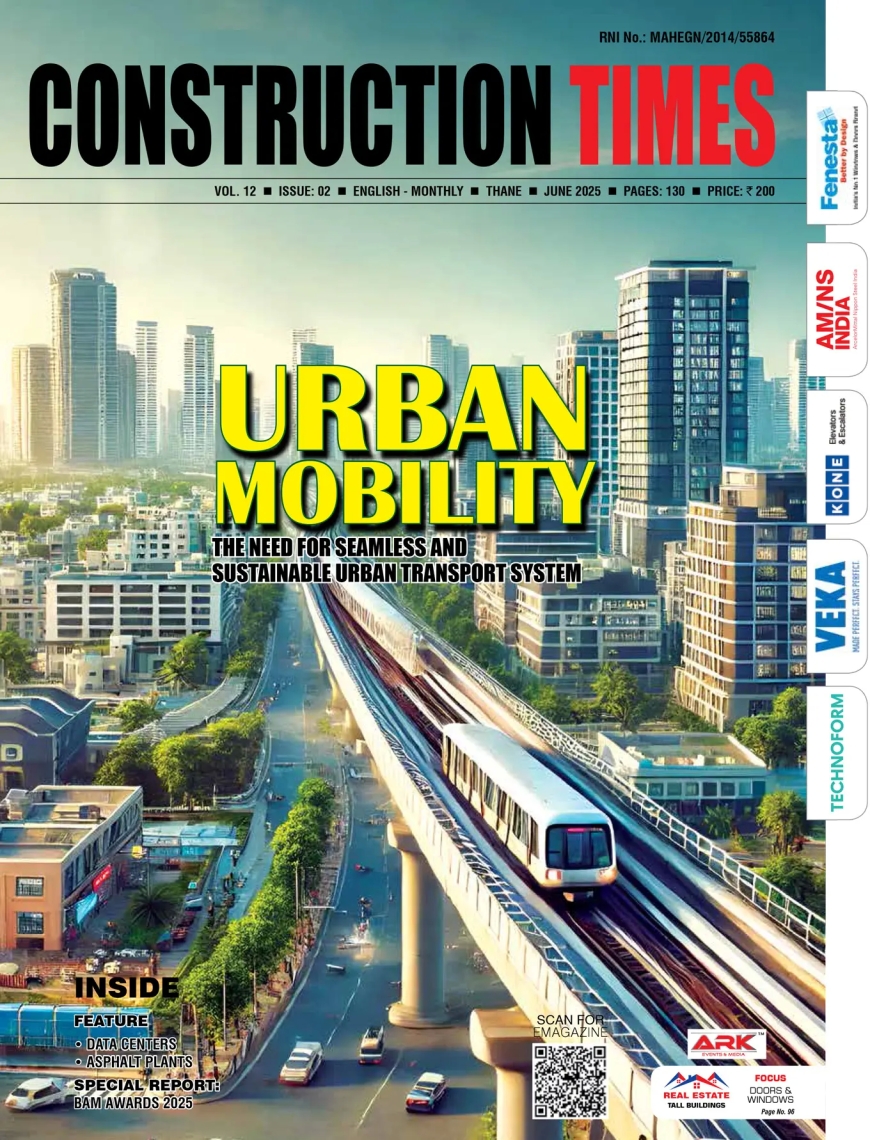Evolution of workspace design: Trends shaping modern offices
The concept of a typical office has changed drastically in recent years. Traditional office spaces, with their rigid cubicles and drab colour schemes, give way to dynamic, flexible, and aesthetically pleasing environments. The evolution of workplace design reflects changing attitudes towards work, productivity, and employee well-being. In this article, Ar. Anurag Pashine and Ar. Pallavi

The concept of a typical office has changed drastically in recent years. Traditional office spaces, with their rigid cubicles and drab colour schemes, give way to dynamic, flexible, and aesthetically pleasing environments. The evolution of workplace design reflects changing attitudes towards work, productivity, and employee well-being. In this article, Ar. Anurag Pashine and Ar. Pallavi Pashine offer invaluable insights into the innovative approaches, design philosophies, and architectural principles that are reshaping the way we perceive and experience modern workplaces.

Open workspaces
One of the prominent trends in shaping modern offices is the shift towards open workspaces. These layouts encourage collaboration and communication among employees, breaking down the physical barrier. They feature communal areas, shared workbenches, cosy lounges, and flexible seating arrangements. Many offices offer breakout areas, huddle rooms, and meeting pods that facilitate communication and employee engagement. Moreover, open workspaces foster a sense of connectivity and teamwork, promoting the exchange of ideas and knowledge.
Biophilic design
Biophilic design is an emerging trend that has been shaping modern offices and connects people with nature in the built environment. Incorporating natural elements such as plants, natural light, and water features into the workspace reduces stress, improves cognitive function, and enhances overall well-being. Additionally, integrating indoor gardens, green walls and large windows that flood in light not only fosters a visually pleasing environment but also contributes to employee satisfaction and productivity.

Tech integration
The digital age has been continually bringing a significant shift in how we work and interact with our surroundings. Modern offices are equipped with the latest technology like IoT (Internet of Things) devices, automation, and data-driven insights to enhance productivity and optimise workplace experience. Furthermore, smart lighting, climate control systems, and monitor ergonomics play a crucial role in shaping modern offices. Moreover, the rise of hybrid-style of working has necessitated tech integration for seamless connectivity. Video conferencing rooms and cloud-based collaboration tools have become indispensable features in modern offices.

Wellness & employee well-being
Modern office spaces consider wellness and employee well-being as a top priority. This trend includes furniture like sit-stand desks and ergonomic seating to promote comfort and reduce the risk of physical strain. These design elements acknowledge the importance of proper posture and movement in maintaining health. Furthermore, dedicated wellness rooms provide employees with spaces for relaxation, meditation, and stress reduction which allows them to recharge and refocus during the workday. Additionally, healthy snack pop-ups, fitness centres, and wellness programs are frequently integrated into the office environment, promoting overall health and work-life balance.

Colour psychology
Incorporating the science of colours in workspaces has emerged as a significant trend in shaping modern offices. Workspaces are increasingly using colours like blue and green to promote focus and productivity as they evoke a sense of calm and concentration. Moreover, bold and vibrant colours like red and orange can be used strategically in creative and collaborative spaces to stimulate energy, creativity, and idea generation. Additionally, modern offices use colours aligned with the company's brand and identity. This reinforces brand recognition and creates a cohesive visual experience for both employees and visitors.

In essence, the transformation of office design mirrors the dynamic evolution of work dynamics. From embracing open layouts to integrating colour psychology within office spaces, contemporary work environments are crafted to flex and flourish within the constantly shifting work landscape. As emerging trends materialise, we anticipate a wave of fresh innovations in office design, aligning with the evolving requirements of both employers and employees in the foreseeable future.







